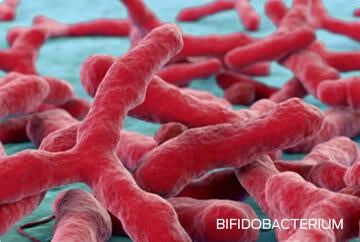THE SCIENCE OF CATS: CHALLENGING PERCEPTIONS. CHANGING THE CONVERSATION.

RECONSIDERING THE ROLE OF PHOSPHORUS
Phosphorus is an important nutrient that is involved in many of the metabolic reactions in the body. Understanding the mechanisms that control phosphorus homeostasis in health is important in order to better understand how those mechanisms change in disease.

Phosphorus Homeostasis: Multi-Tissue Axis Control by The Gut, Kidneys, Bone and Hormones
Andrea J. Fascetti VMD, PhD, DACVN, DACVIM (SA-Internal Medicine), University of California School of Veterinary Medicine, Department of Molecular Biosciences, Davis, CA
Overview
In healthy animals, phosphorus (P) homeostasis is controlled by a multi-organ axis that includes the gastrointestinal tract, kidneys, parathyroid gland and bone. Understanding how P is regulated in healthy animals helps to better approach what happens when mineral imbalances occur.

Phosphorus and Renal Health – What We Currently Know
Britta Dobenecker Dr.med.vet., DECVCN, Ludwig-Maximilians-Universitat, Munich, Germany
Overview
Although phosphorus (P) is an essential nutrient, excess P is suspected to play a role in the development of chronic renal insufficiency. This presentation summarizes results from several studies about the effects of P excess on renal function to both verify previous study findings and identify factors influencing the effect of P excess on kidney function in healthy adult cats.
When, If & How Much to Restrict Phosphorus in Chronic Renal Disease
David J. Polzin DVM, PhD, DACVIM, College of Veterinary Medicine, St. Paul, MN
Overview
Minimizing phosphorus retention is an important goal in managing CKD. However, homeostatic mechanisms of FGF23 and PTH may “hide” serum phosphorus concentration until later stages of CKD. Persistent activation of these regulatory hormones, even in early CKD stages, have been linked to earlier mortality. Although current renal biomarkers are better at identifying earlier stages of disease, these questions remain: When, if, and how much should inorganic phosphorus be restricted to delay CKD progression?

“Dietary Sources of Phosphorus: Impact on Homeostasis & Metabolism” not presented
This document contains summaries of presentations from the Companion Animal Summit, held May 2-4, 2019 in San Jose, Costa Rica. Please note that these summaries represent overviews of the presentations and may include opinions and research of presenters, which do not necessarily reflect those of the Nestlé Purina Petcare Company.
Produced by the Purina Institute, May, 2019
SPEAKERS

Andrea J. Fascetti
VMD, PhD, DACVN, DACVIM (SA-Internal Medicine)
University of California School of Veterinary Medicine, Department of Molecular Biosciences, Davis, CA



Explore other topics discussed this year:

Decoding the feline: genetic similarities and differences
Despite thousands of years of domestication, cats have retained many behaviors inherited from their wild relatives. Understanding cats at the molecular level can help guide the development of optimal health strategies.

Rethinking feeding behaviors
The impact of nutrition on feline health extends beyond ensuring that cats get the nutrients they need, in the right amounts. The structure of food and feeding behaviors can also influence optimal health.
Related content


